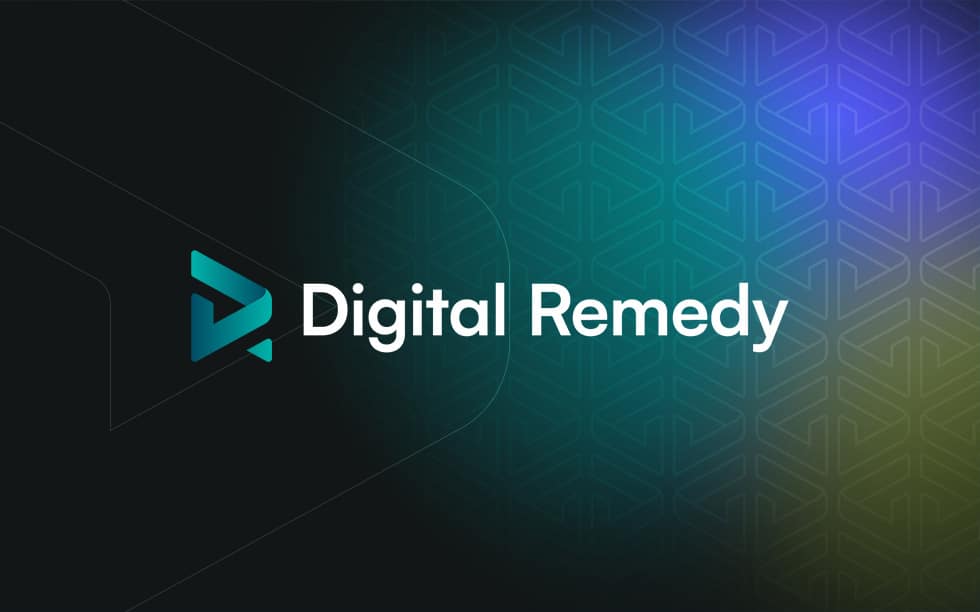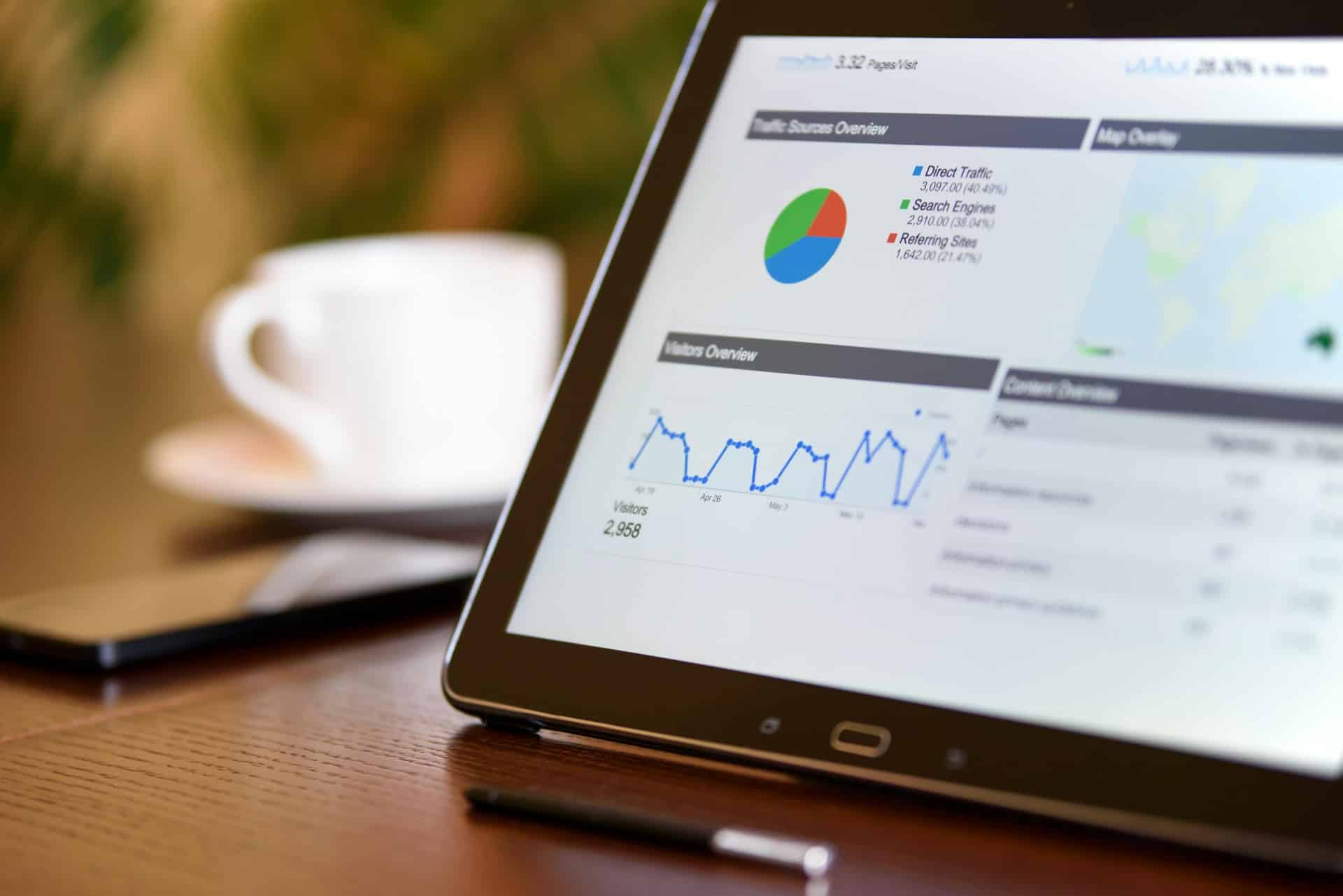Aug 2, 2021
—
An Evolving Threat While digital ad fraud has been a relatively easy and lucrative business for scammers from a technical perspective, it has proven to be a financial disaster for advertisers, publishers, and ad platforms themselves. It’s a low-risk, high-profit crime, which is what makes it so attractive to fraudsters. According to the World Federation…

While digital ad fraud has been a relatively easy and lucrative business for scammers from a technical perspective, it has proven to be a financial disaster for advertisers, publishers, and ad platforms themselves. It’s a low-risk, high-profit crime, which is what makes it so attractive to fraudsters. According to the World Federation of Advertisers, global losses to ad fraud are expected to increase to $50b by 2025.1 The unfortunate truth of working in the digital ad space is: as new types of advertising opportunities are introduced, scammers are usually not far behind with new kinds of ad fraud to exploit vulnerabilities in the media buying process. The latest target? Digital audio. To better understand the growing threat of ad fraud within this rapidly-growing channel and how to combat it, we’ve created the following guide to educate and inspire marketers in the fight against this new generation of fraud.
After taking a hit in the early days of the pandemic, digital audio has since experienced tremendous growth—in both time spent with streaming audio by consumers, and dollars invested in the media channel by advertisers. Last year, U.S. adults spent nearly an hour and a half per day with digital audio, accounting for 11.2% of their total time spent with media. Active digital audio listeners spend an average of 2 hours and 12 minutes per day with digital audio. 80% of time spent with digital audio will occur via mobile. Notably, 2021 experienced a major milestone between traditional radio and digital audio:

Over half of U.S. adults’ total audio time was spent listening via digital services—the first time digital audio surpassed traditional radio.2
With consumers shifting listening habits, more ad space has become available and advertisers are taking advantage of the opportunity. Digital audio is driven by intentional and engaged listening, giving listeners the control to listen to what they want, when they want, how they want. Digital audio provides a powerful ad environment for delivering brand messaging. Through the combination of device, time of day, and content choice, advertisers can purposefully target “life’s moments” and connect with consumers in an emotional and contextually relevant way.
Following this accelerated growth, there’s been a transformation in how ads are being created and delivered in the audio landscape as programmatic becomes a more viable option in the space. But as programmatic audio advertising begins to be used more often in digital radio, podcasts, and music-streaming services, we will likely see a rise in fraud for audio formats—because, where the money goes, fraudsters will surely follow.
As an industry, digital advertising will always battle fraud—and digital audio is no exception, although it has been thought of as premium/fraud-free. In fact, in a recent survey, only 3% of digital media professionals saw digital audio as most vulnerable to ad fraud in the next 12 months (compared to 30% for social media or desktop display). Marketers need to be conscious when increasing budgets in this media type because the threat of fraud in digital audio is real and it is growing.

To avoid fraudulent or low-quality audio traffic, here are some main identifiers and red flags that marketers can look out for:

The first, and most basic, place to start is to ask yourself: have I ever heard of this brand? Does the company have a LinkedIn page or legitimate website? Top recognizable brands are going to have quality inventory. The low quality is going to come from online radios and apps that no one has ever heard of, yet somehow have millions of impressions. Scammers are even spoofing the reputations of legitimate companies.

Reputable sources appear much different in their reporting compared to non-reputable sources. When you see a single server reporting hundreds of thousands of impressions, that is abnormal. You would never see that in reporting from larger vendors like Spotify or Pandora.

If a price sounds too good to be true, it probably is. It’s an unofficial rule in commerce: you get what you pay for. Research what reputable sources are charging, and compare it to the offering you receive from an unknown brand. Potentially questionable inventory may seem appealing because it is half the price of higher-end inventory, but you will most likely get half the quality inventory.

“Pay to listen” opportunities exist where people can engage in incentivized audio experiences. These people will just keep a browser open playing audio/ads, resulting in high frequencies in reporting. Advertisers may accept this and brush these results off, chalking it up to “someone has the radio on all day in their shop”. However, legitimate platforms like Pandora will continuously check the user’s engagement by delivering an “are you still listening?” pop-up message.
The current situation with digital audio is mirroring the early wild west days of CTV, when it was the hot new ad experience and media buyers demanded inventory but didn’t want to take the time to check and verify where it was coming from. Digital audio has the same model. Much like CTV, digital audio allows for precise audience targeting, making it very appealing for reaching audiences at scale. The problem arises when impressions are not coming from real humans, but instead from bots. By the time advertisers play catch up and realize the issue, fraudsters will have already made millions of dollars on fraudulent traffic. Unfortunately, these bad guys are always going to be one step ahead, with the good guys at a disadvantage regarding technologies and methodologies being developed. Fraudsters are using technologies that most don’t even know to be looking for. With video ad measurement, you need a device or a screen to associate the ad with, but with digital audio, there is no mass measurement option. For this reason, there is a lot of bling reporting and measurement, highlighting a huge disconnect and making digital audio ad fraud worse than CTV.
Don’t assume your campaigns are immune to fraud. Given the number of loopholes that fraudsters use to siphon money, marketers need to stay vigilant and use common sense regarding attribution and campaign conversion-focused performance. Look for anything that sticks out as unusual. Are a majority of impressions coming from a single IP address or is the frequency very (almost unbelievably) high from that same IP? If it seems too good to be true, it usually is. When in doubt, ask questions. There should never be a black box regarding your campaign data. Marketers should ask their measurement and attribution partners questions, look deeper into reporting, and don’t get too comfortable with what is provided. Vendors need to have open communications with clients to make sure both sides have a full understanding of outcomes, asking business questions to make sure campaign results are reasonable based on campaign KPIs, targeting tactics being leveraged, and media execution. It’s impossible to get your money back once it is in fraudsters’ pockets so it’s much better to keep an eye on processes during campaign run.
In the fight against fraud, the right partnership makes all the difference. Marketers should seek out trusted partners that have the experience, knowledge, scale, and ability to identify and block new threats as they emerge. Digital Remedy works with brand safety partners to protect our clients from wasted ad spend and poor ad performance—ensuring ad budgets are spent on real impressions and campaigns are delivered to real audiences. We partner with Protected Media to leverage fraud prevention technology to catch fraud before it takes place and ad dollars are wasted on fraudulent traffic. Protected Media provides advanced cybersecurity ad fraud solutions to guard against current and emerging threats across digital advertising channels including digital audio to identify fraudulent traffic. Powered by Protected Media’s anti-fraud technology, Digital Remedy provides granular and actionable insights to advertisers while mitigating the threat of fraud exposure.
The bad news: ad fraud is not going anywhere. The good news: with the right technology, brands and agencies can protect their reputation and media budgets. To discover how Digital Remedy, powered by innovative anti-fraud technology and relationships with trusted brand safety and verification partners, helps brands stay fraud-free in the ever-evolving digital landscape, visit digitalremedy.com.
Sources:
Related Posts

In the fast-paced world of B2B marketing, the ability to consistently generate high-quality leads is more than just a.

As we approach the new year, the health and wellness industry continues to dominate consumer behavior and shape the.

In the always-evolving landscape of higher education, institutions face the dual challenge of meeting the expectations of tech-savvy students.